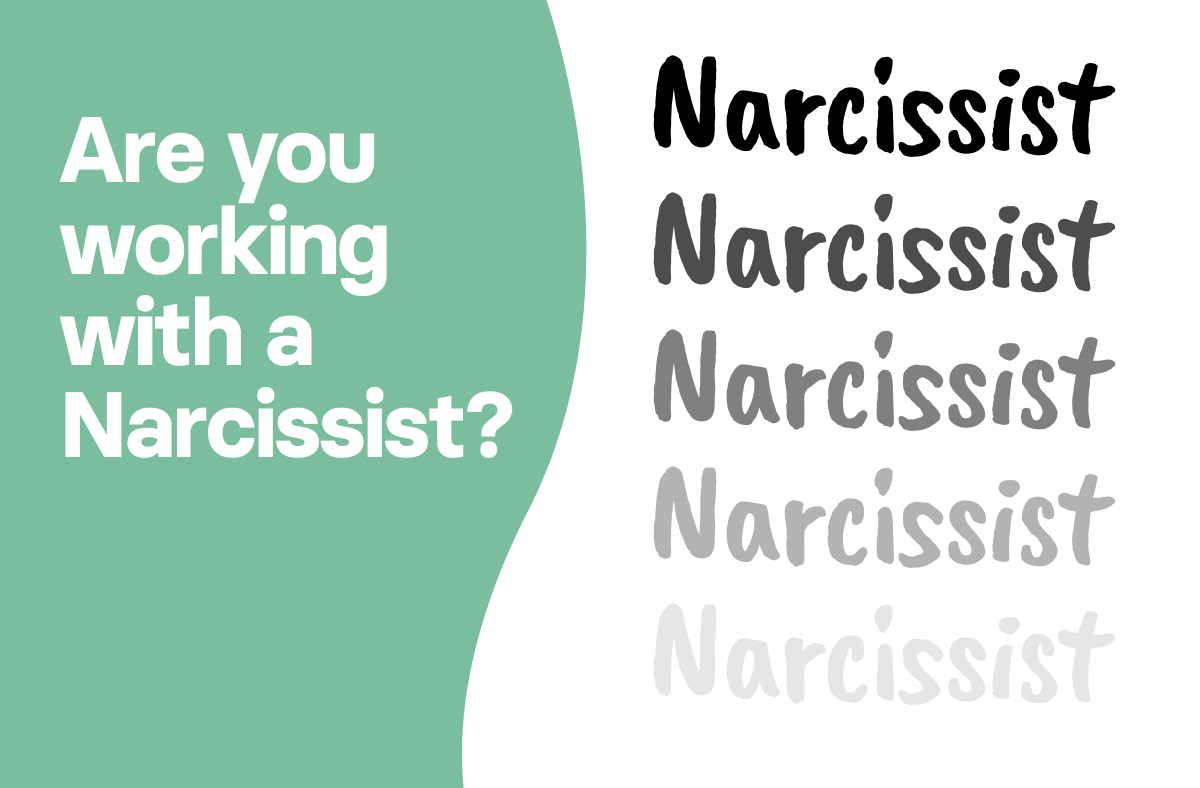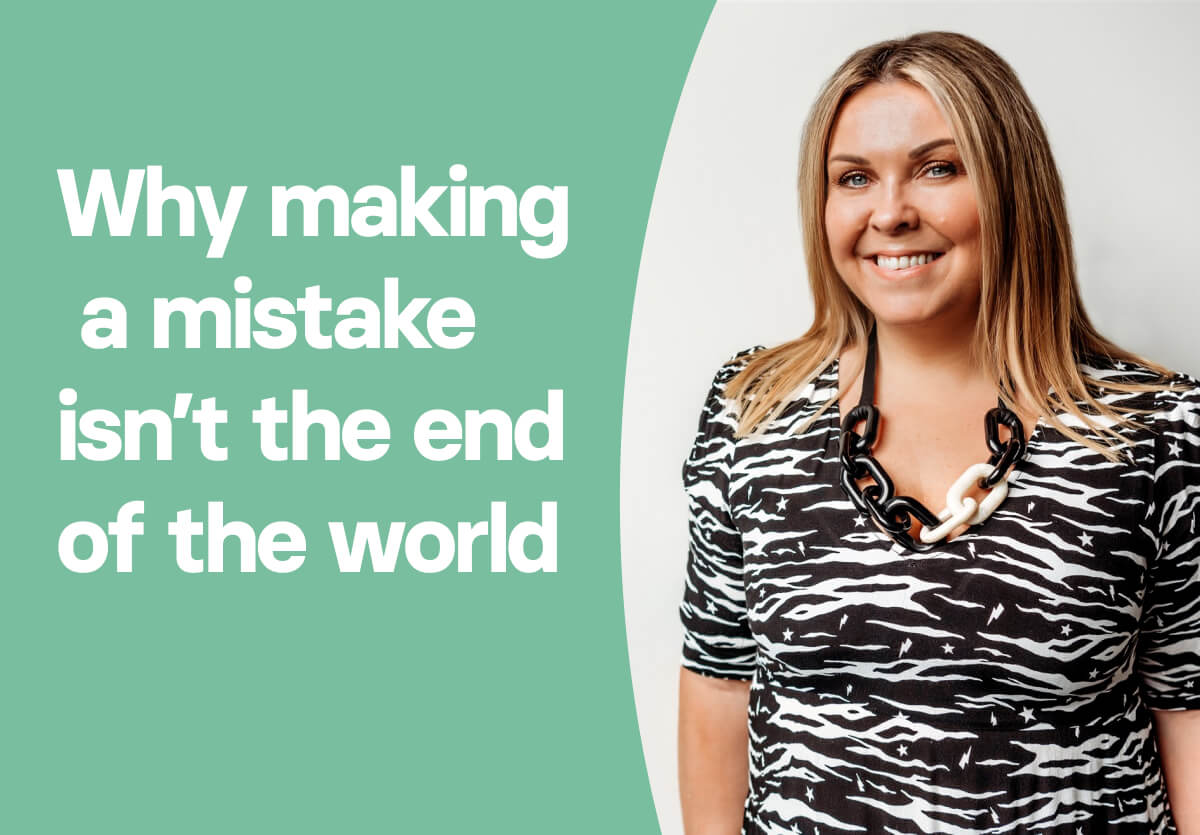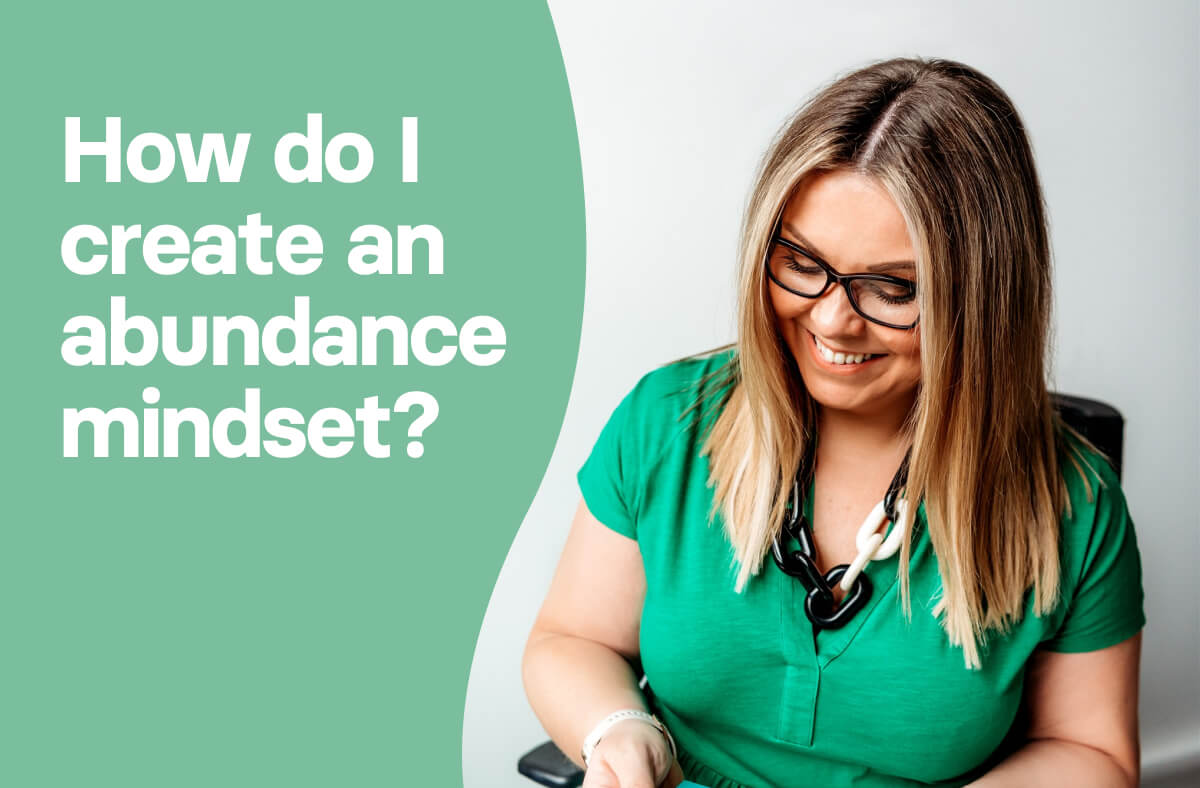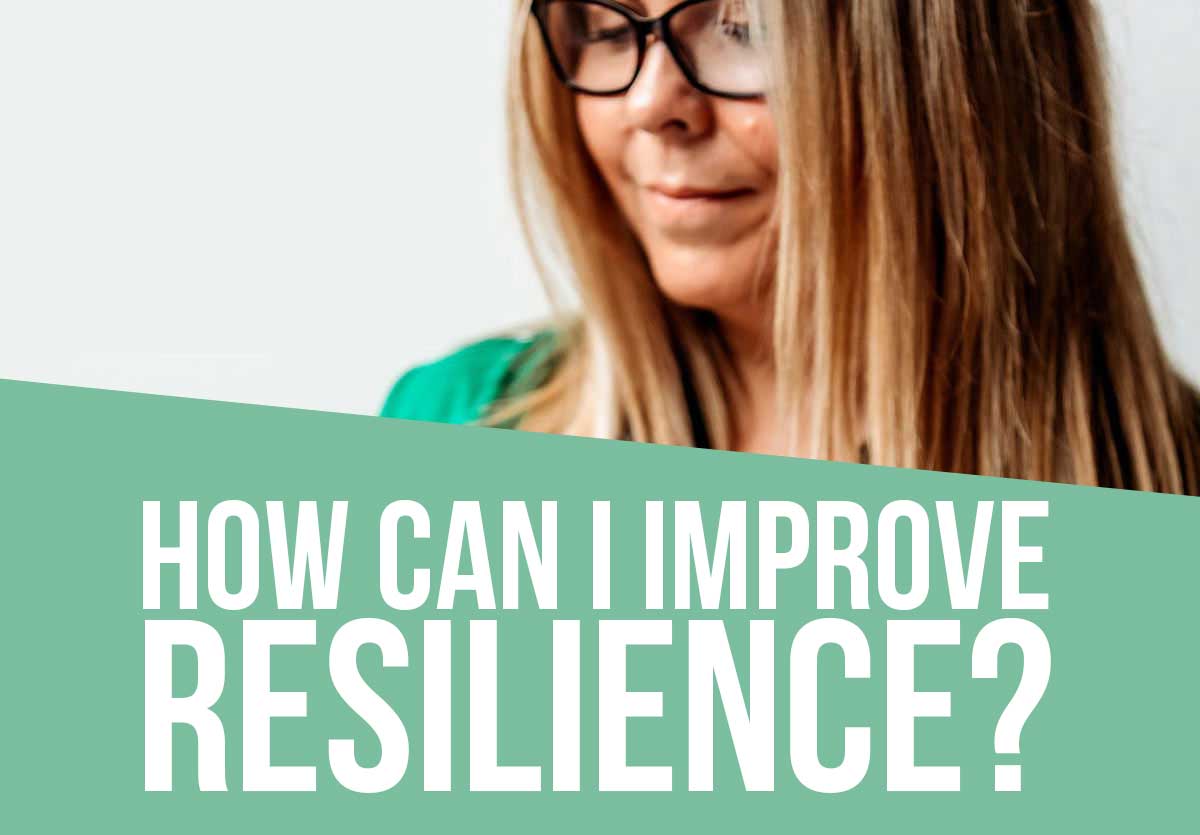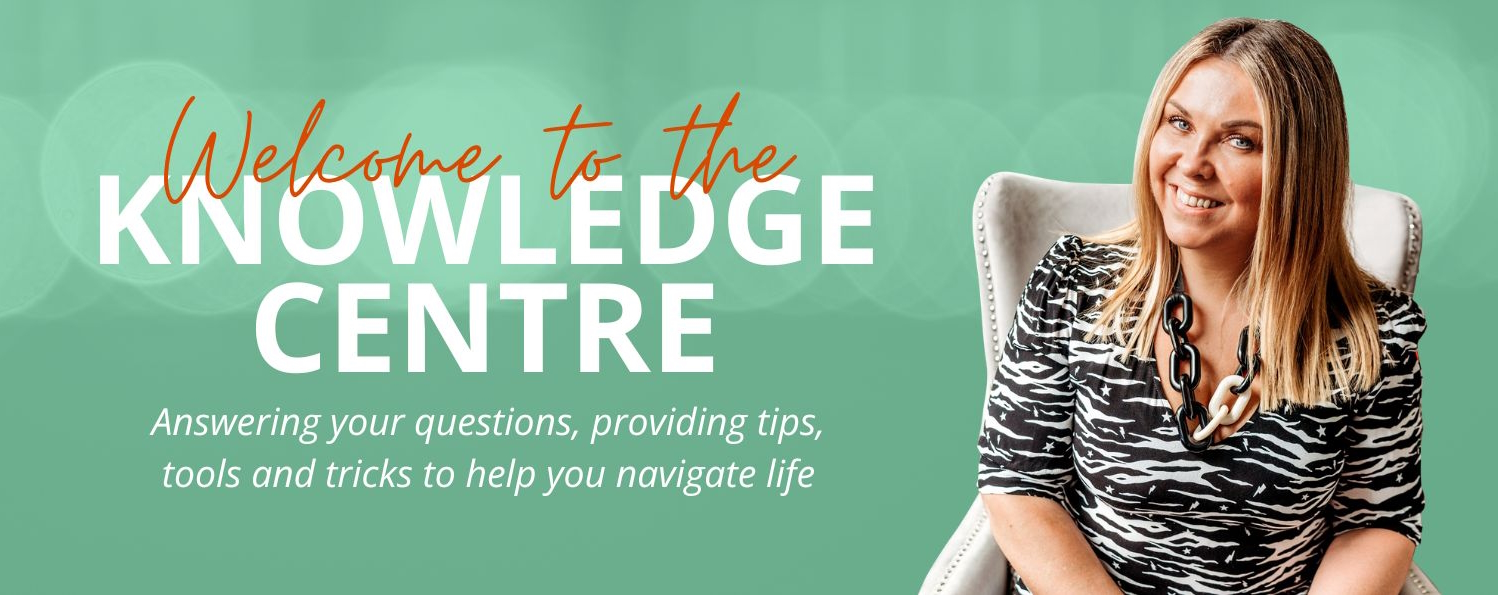
We all want to live life with as little stress and anxiety as possible. Yes, stress can be channelled into productivity and energy, but it is bad for us in so many ways. Stress affects us mentally, emotionally, and even physically and can wreak havoc in our lives.
One of the most powerful ways to conquer stress, anxiety, and an unsettled mind is to learn the difference between what you can and can’t control.
As I regularly tell my clients, stressing and worrying about things outside your control is the quickest way to hit burnout and feel totally overwhelmed and exhausted. When you focus only on the things you can control, you take back your life and will be left feeling a lot more in control and calm.
You have a lot on your plate as it is, there’s no use in worrying about what is on everyone else’s mind too.
So, how do you separate what you can and can’t control? And how can you stop worrying about the things you can’t control? I’m glad you asked…
The circle of influence model
Step number one is to figure out the difference between what you can and can’t control. This way, you can direct your energy towards what is within your control rather than wasting time and effort on what isn’t.
Have you heard of the circle of influence? It’s a super simple model I like to use to quickly assess where I am in the moment. It helps us to notice where we are placing our energy. It has three circles: a bullseye, a large outer circle, and then a circle in between the two.
The outer circle is the stuff we can’t control, such as government decisions, the price of petrol, or what prince Harry decides to do. Sure, you can choose to start a movement and add your voice to these things, but if you find yourself neck-deep in a Twitter rabbit hole, getting wound up about Piers Morgan’s view of the world, it might be time to get back to your own plate.
The model’s middle circle asks us to consider how much time we spend on things we can’t directly control, but we might be able to influence in some way. This could be what your relatives choose to do or your company’s internal politics. You can add your view here, but it’s important to know that, while you can take a horse to the water, you can’t make it drink.
The challenge with both these circles is that they create subconscious feelings of hopelessness, helplessness, anger, and frustration. These emotions are triggers for sabotage and worst self-behaviours.
Hitting the bullseye
I often meet with clients who are worn out, anxious, and at the end of their tether. The best and most effective strategy I can offer them is to focus on and prioritise the bullseye of their circles and nothing else.
The bullseye of the model is the stuff you CAN control.
Now, I’m not saying you should only focus on yourself and your responsibilities. It’s impossible, especially for us empathetic human beings, not to think about others and worry about them. However, there’s a difference between having empathy and wanting to control the situation they’re in.
I recommend you draw the model out on a piece of paper or in a journal – don’t worry, it doesn’t have to be perfect – and take note of what is in those outer circles and what isn’t.
Next, pick one thing within your bullseye and unpack how you can spend more time focusing on this rather than the latest headline in the news. You’ll be amazed at what you can achieve this way.
Here’s the thing, the more time you spend focussed on and wound up by stuff you can’t control or things you can only influence, the more time you lose for your own stuff. Consider that and then ask yourself why you haven’t progressed towards your goals. Consider doing some time mapping today and notice how much time you spend in each circle.
If you must worry…
Of course, we’re only human. And there are times when you will naturally worry about the things you can’t control. It’s what you do about these moments that helps build your ability to focus on your bullseye and nothing else.
A great tactic is to schedule ‘worry time’ into your schedule. Whether it’s half an hour over a cup of coffee or 10 minutes scribbling in a journal that you can close and put away when you’re done, it’s okay to allow yourself to worry.
Worrying is uncomfortable, particularly if you’re trying hard not to focus on anything outside your bullseye. Spend time using positive coping skills, such as engaging in a hobby or practising mindfulness, to deal with emotions that aren’t exactly comfortable.
If you’d like to learn more about how to worry less about what you can’t control and focus more on what is within your bullseye, please reach out via my website. I’d love to tell you more about how my coaching programmes can empower you to take back control of your life and live stress and worry-free.
